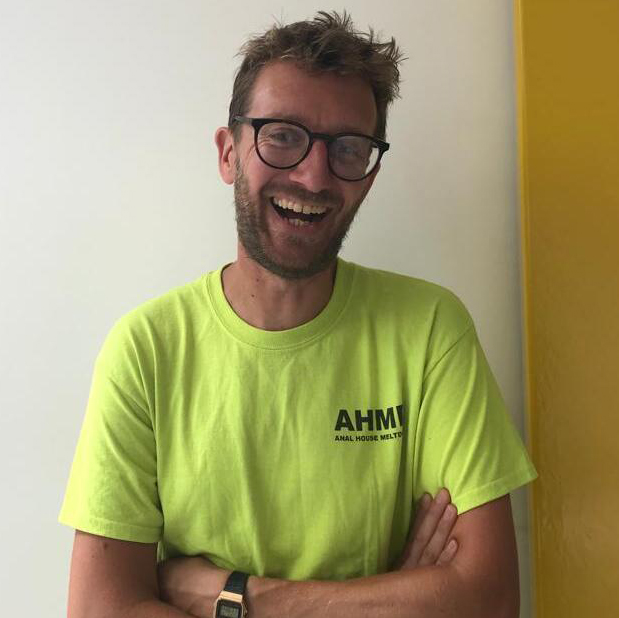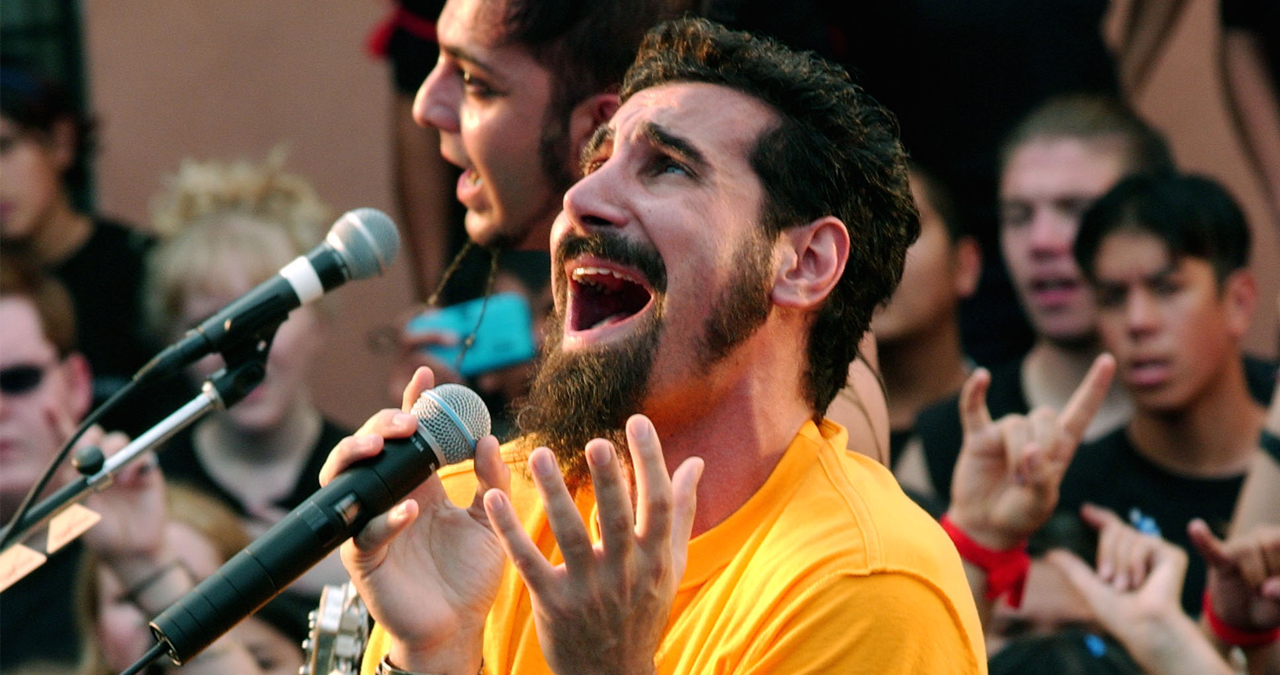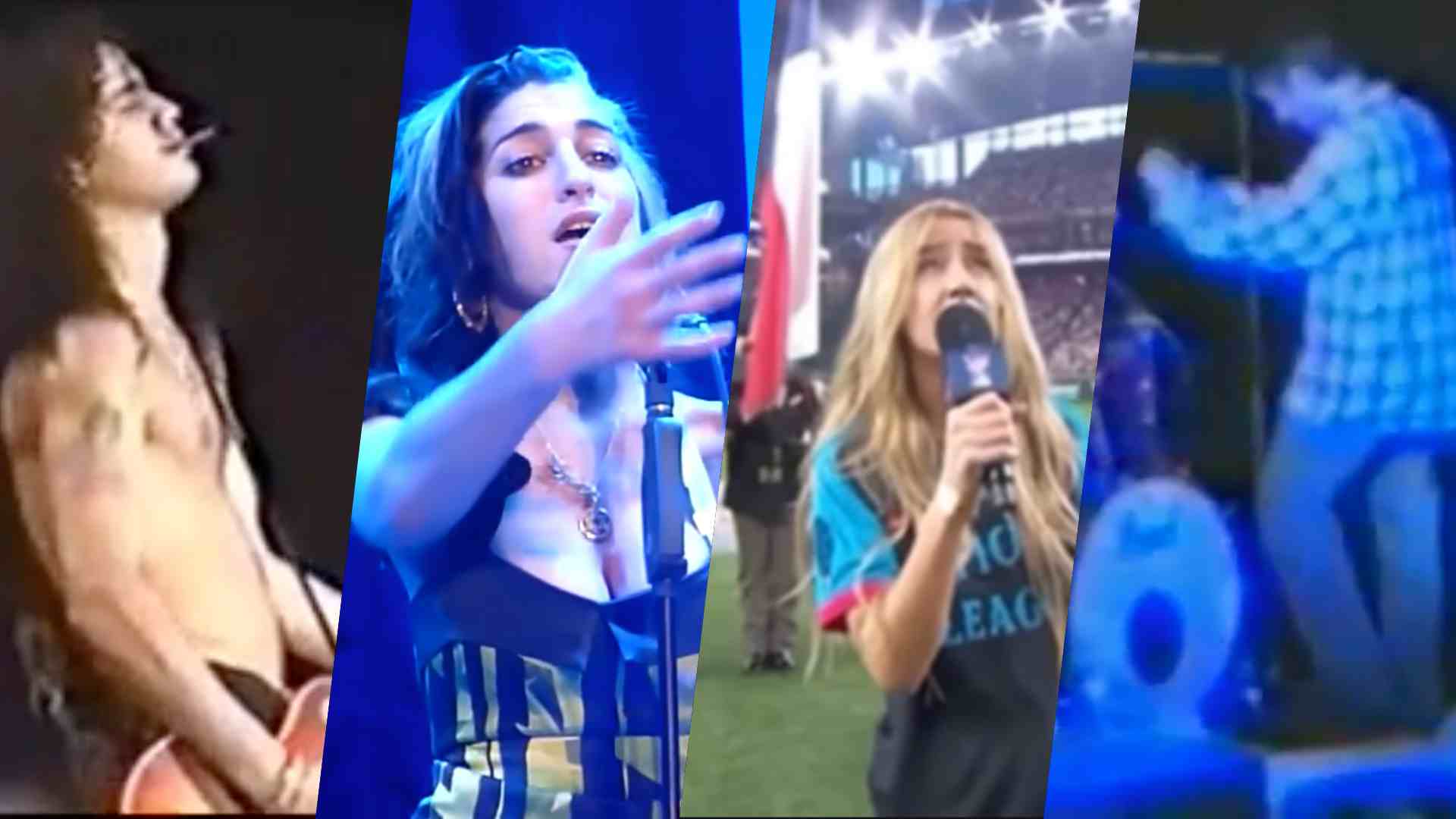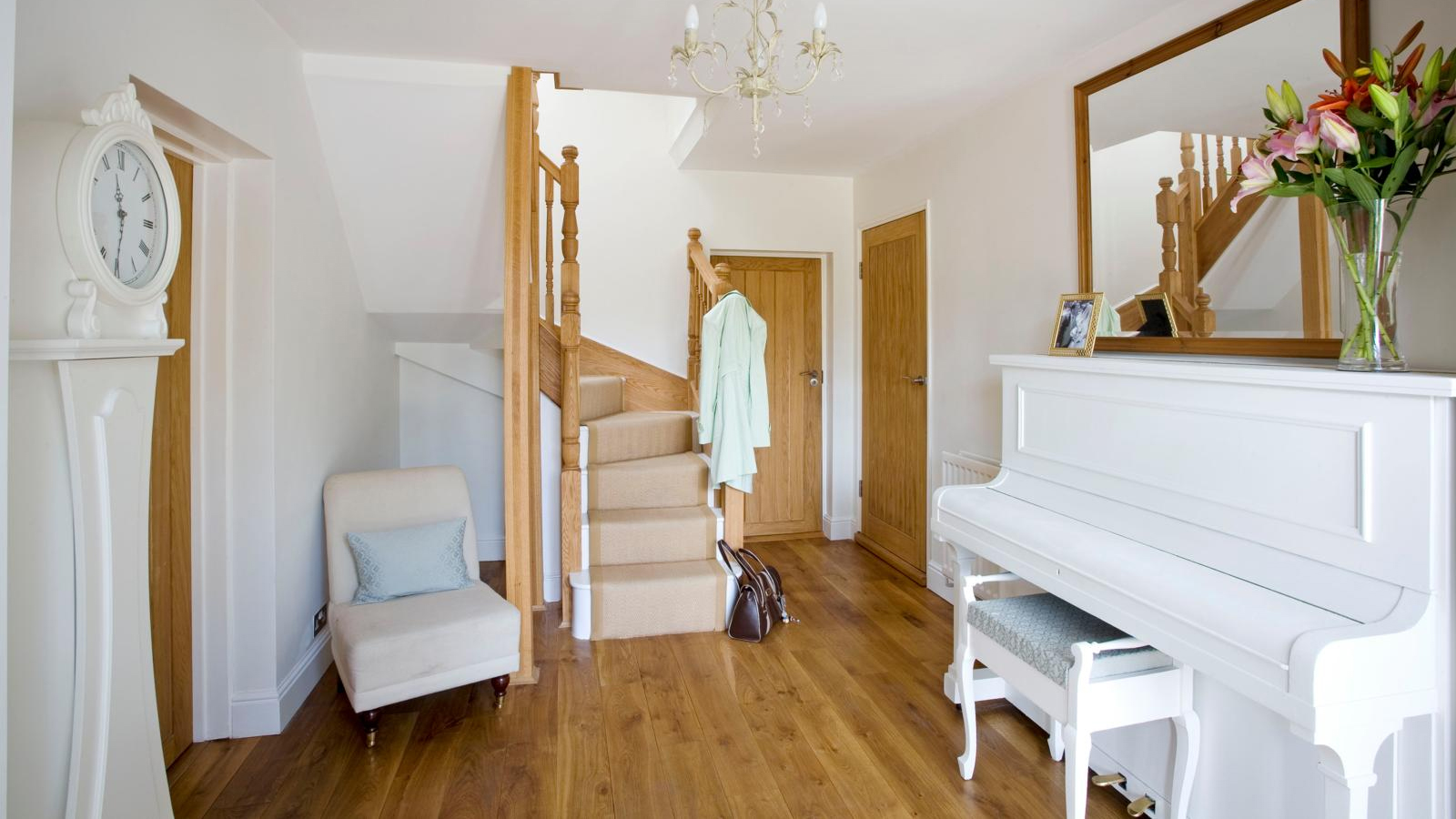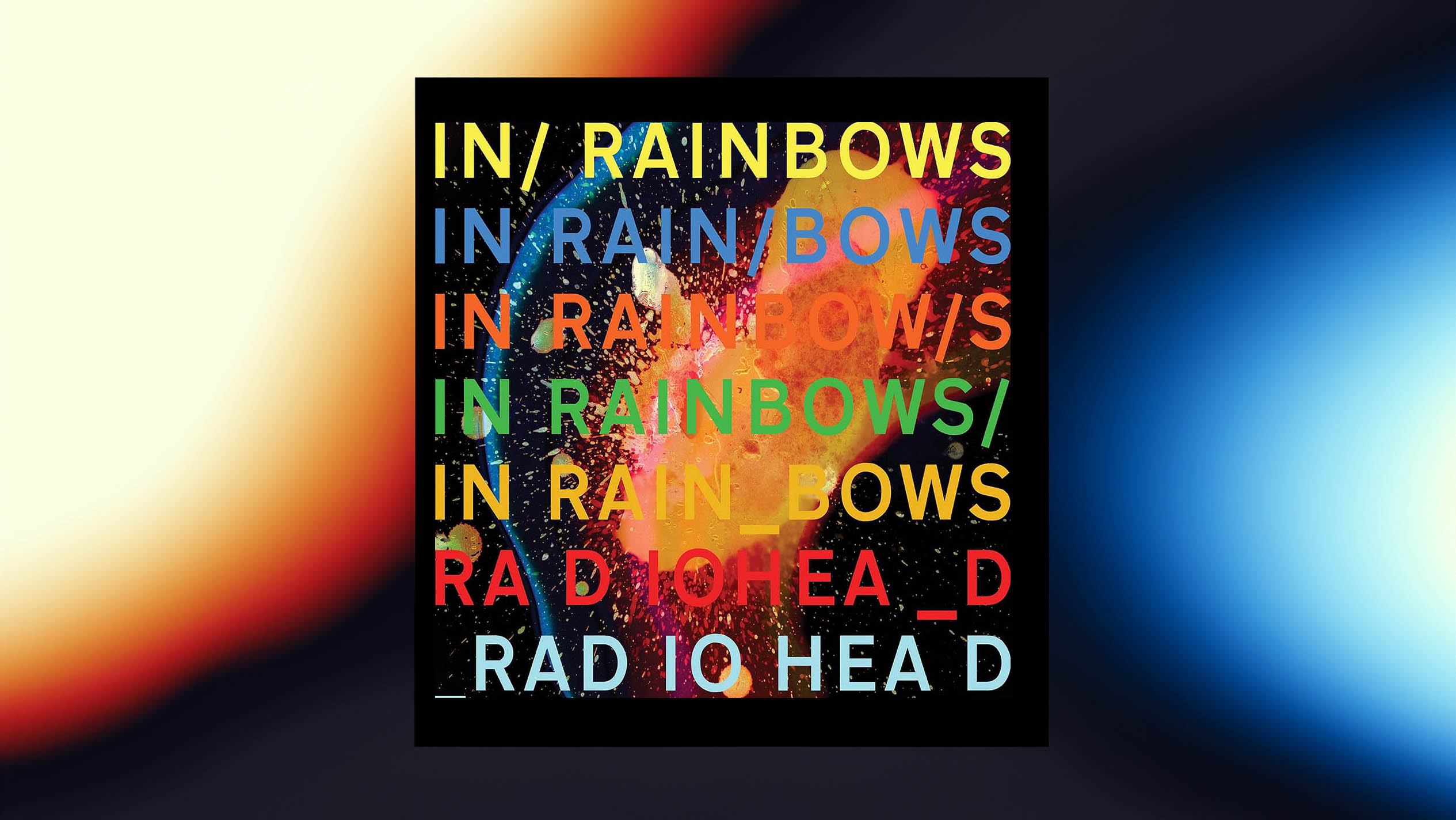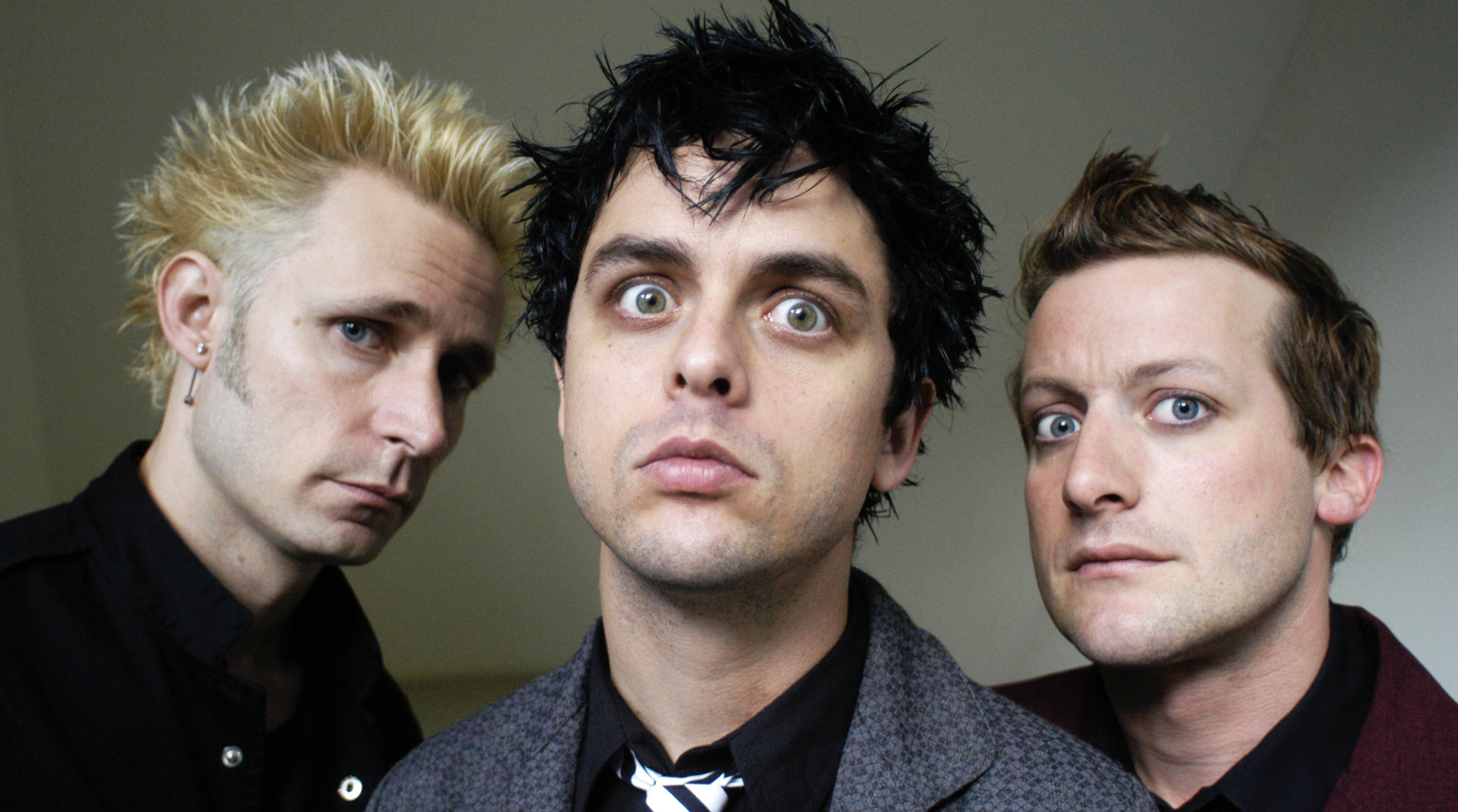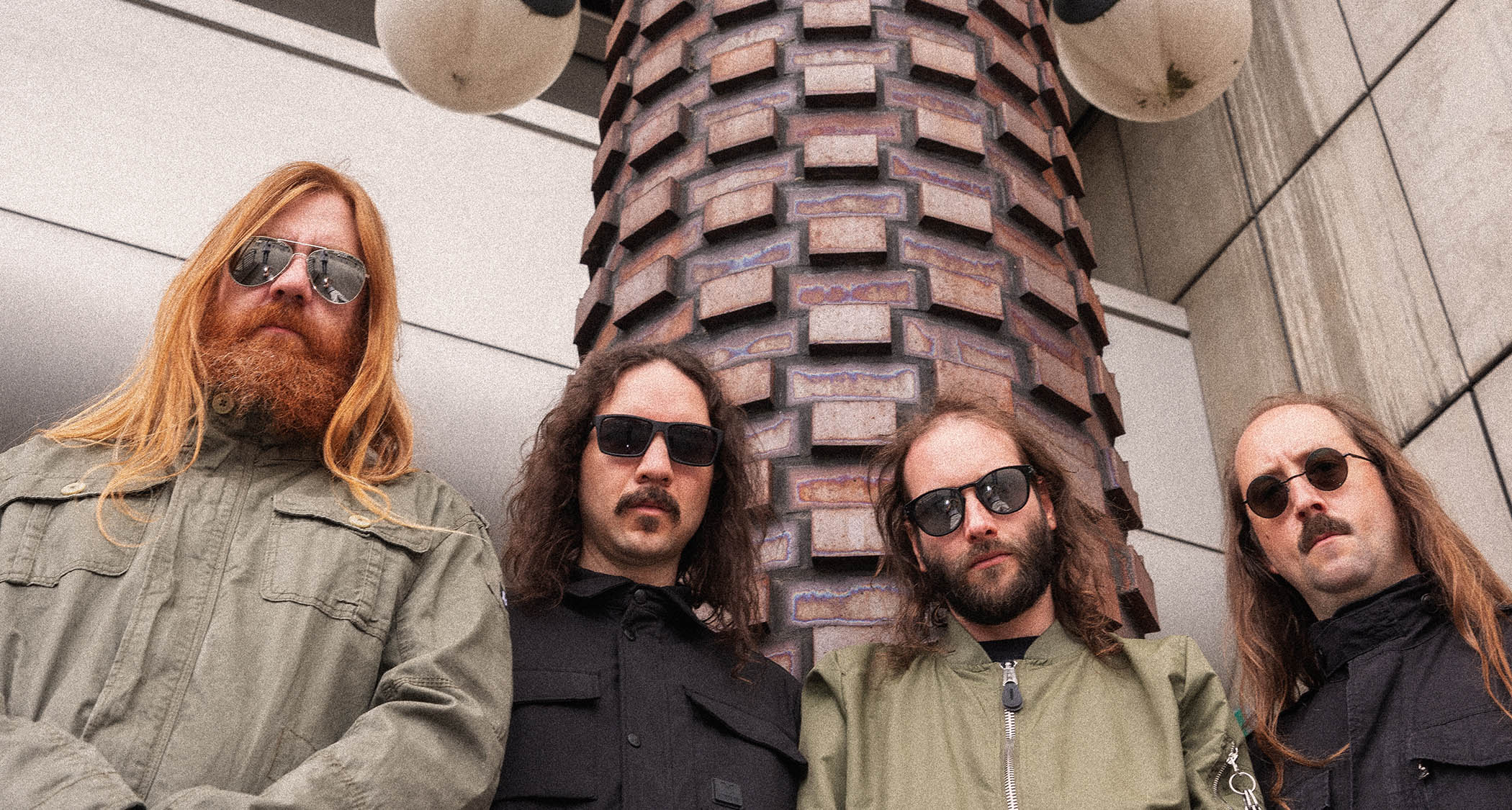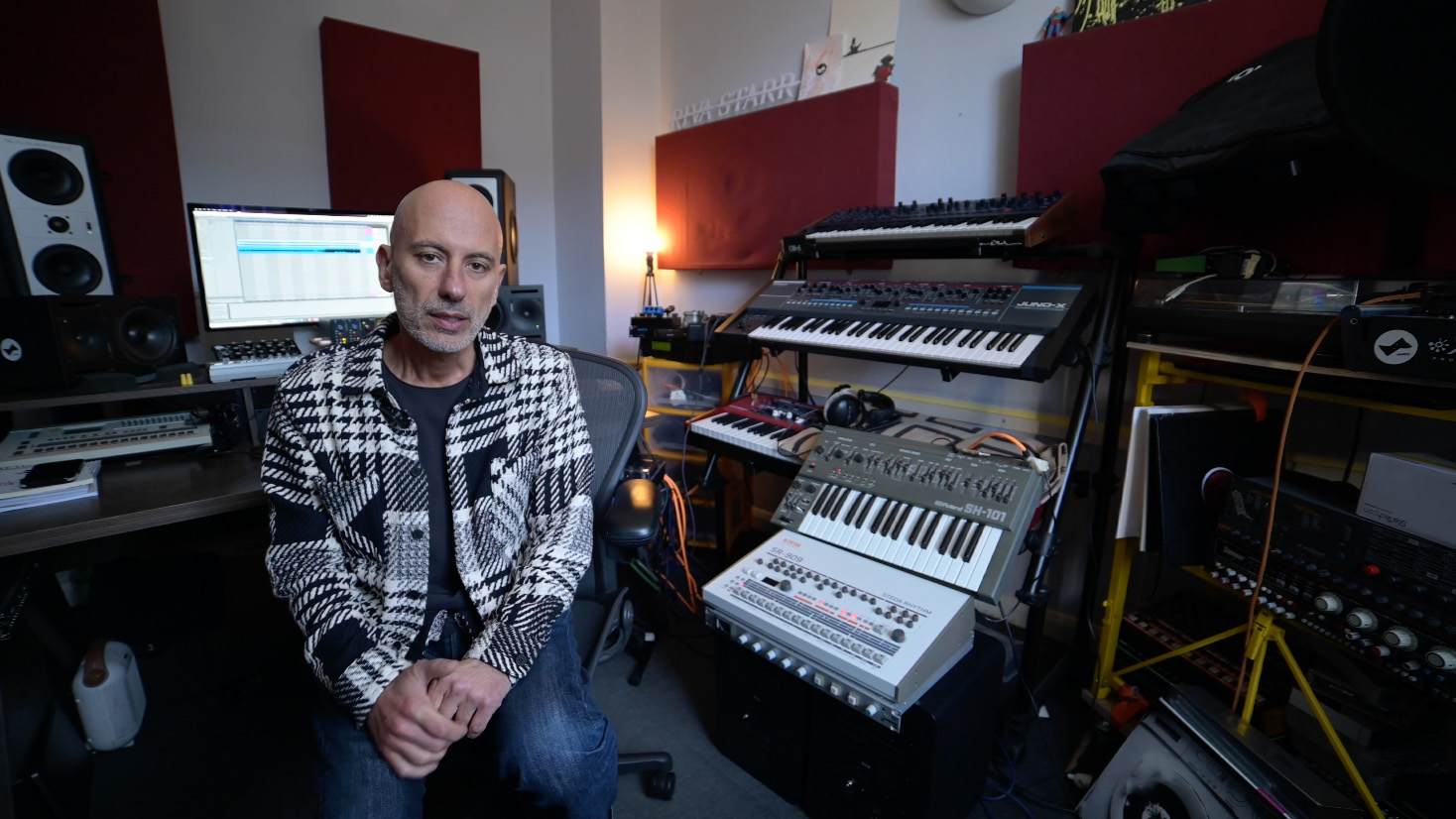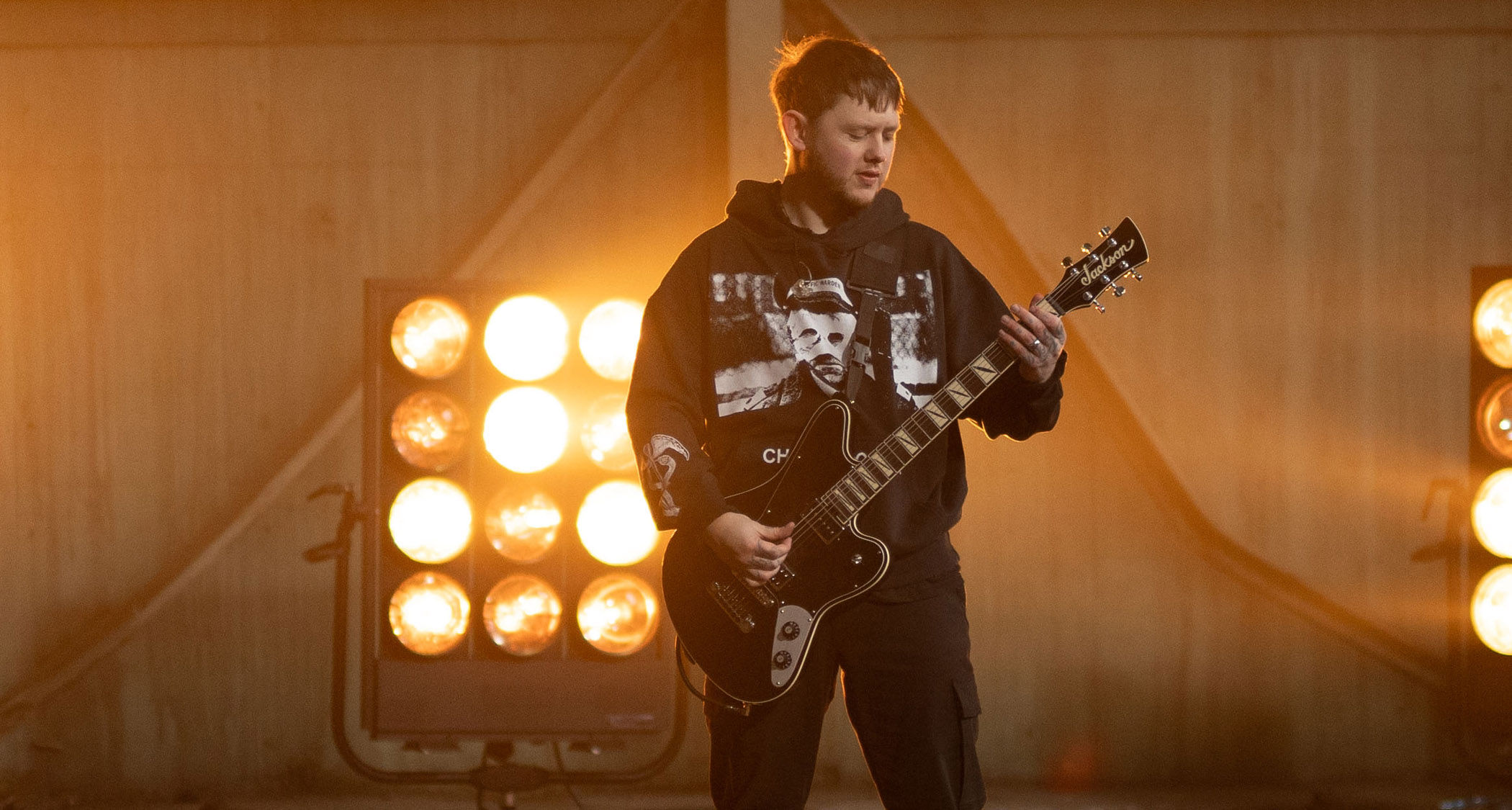“I signed some contracts back in the ‘90s that I thought were amazing - I celebrated with a bottle of champagne. I look back now and think, ‘how the hell did I agree to sign this?’”: Sasha on breaking into dance music - and why it's not any easier in 2024
The original superstar DJ drops some essential advice for aspiring producers and talks us through his ambitious Dolby Atmos score for the immersive Da Vinci Genius exhibition
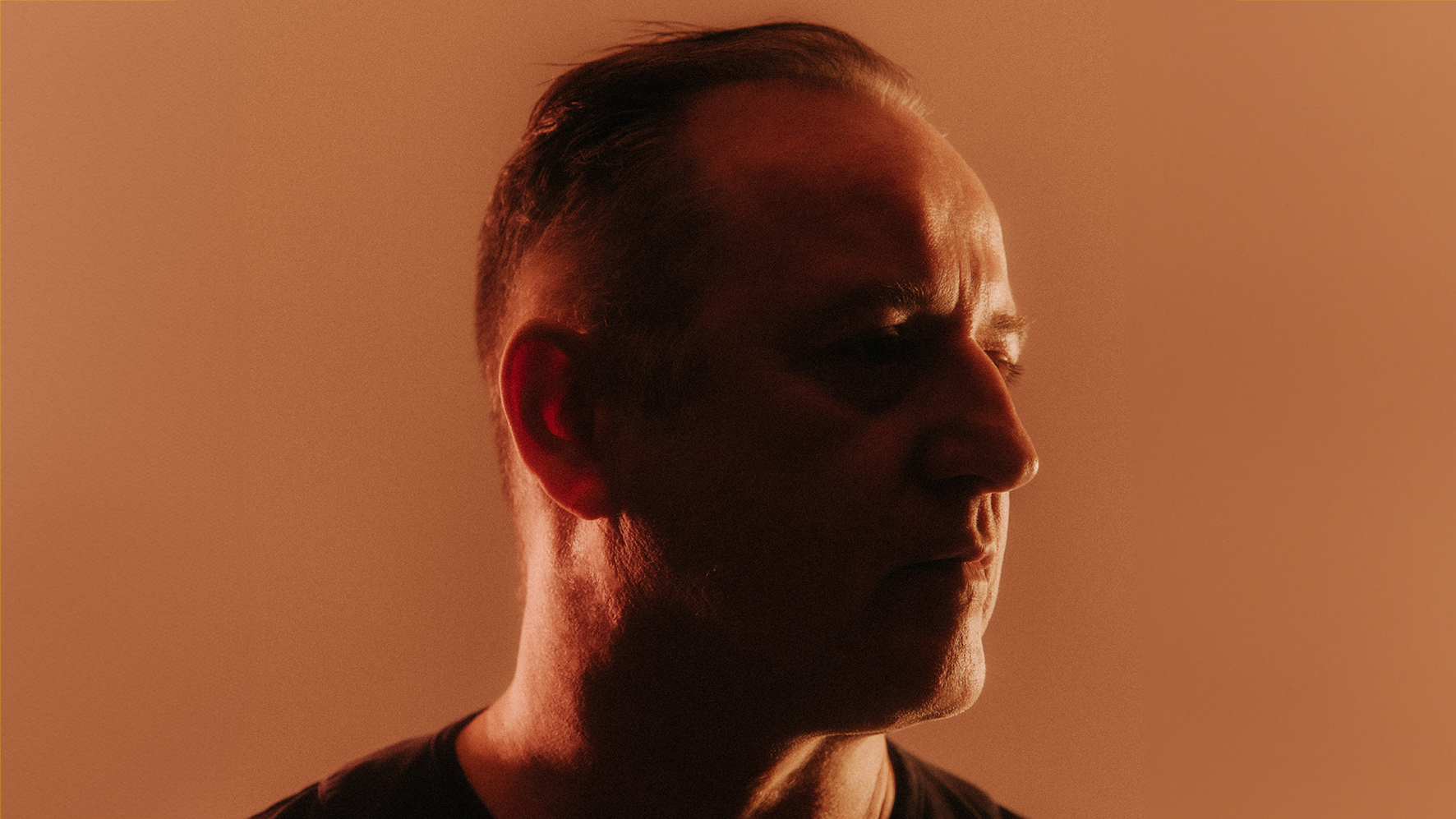
“Cinematic scores have always been there for me,” says dance music producer and DJ turned composer Sasha on his musical loves. “I’m a massive film nerd and have collected soundtracks for years.”
Sasha is reflecting on the roots that have enabled him to branch out into this latest career chapter, which may seem slightly incongruous with his past as the first 'superstar DJ'. It was 2016’s album Scene Delete that exploded any preconceptions about Sasha’s skill as an artist and producer, showcasing his love for ambient textures, atmosphere and aural spaces outside the dancefloor. This third album acts as a sign post to his work on Da Vinci Genius, an immersive exhibition celebrating the work of the great artist of the Italian Renaissance. With the score now released as a soundtrack record, Sasha’s aesthetic is propelled by a love for futuristic sounds as much as cinema, clubs and tech.
“My entrance into electronic music as a kid came through ‘War of the Worlds’ and Jean-Michel Jarre records that my dad had,” he says. “That kind of mind blowing, cinematic music really made an impression and I’ve always been into it ever since. I’ve worked on some short films and TV but ‘Da Vinci Genius’ is the first chance I’ve had to tap into it to create a score on this scale.”
Da Vinci Genius is a melding of technology and the art of Da Vinci that adds up to an immersive and eye-popping visual experience. Sasha and his team, including collaborator and co-producer Dave Gardner from the ‘Scene Delete’ record, had the opportunity to put together the musical soundtrack at the last minute after the original composers pulled out. The challenge, alongside writing and curating the music, came in the tight deadline.
“They didn’t have any music and we only had about a month to put this together,” Sasha says. “We supplied some tracks they liked and chose to license, then built our score around that. It was all very up against the clock and we didn’t have time to record any live orchestral musicians.”
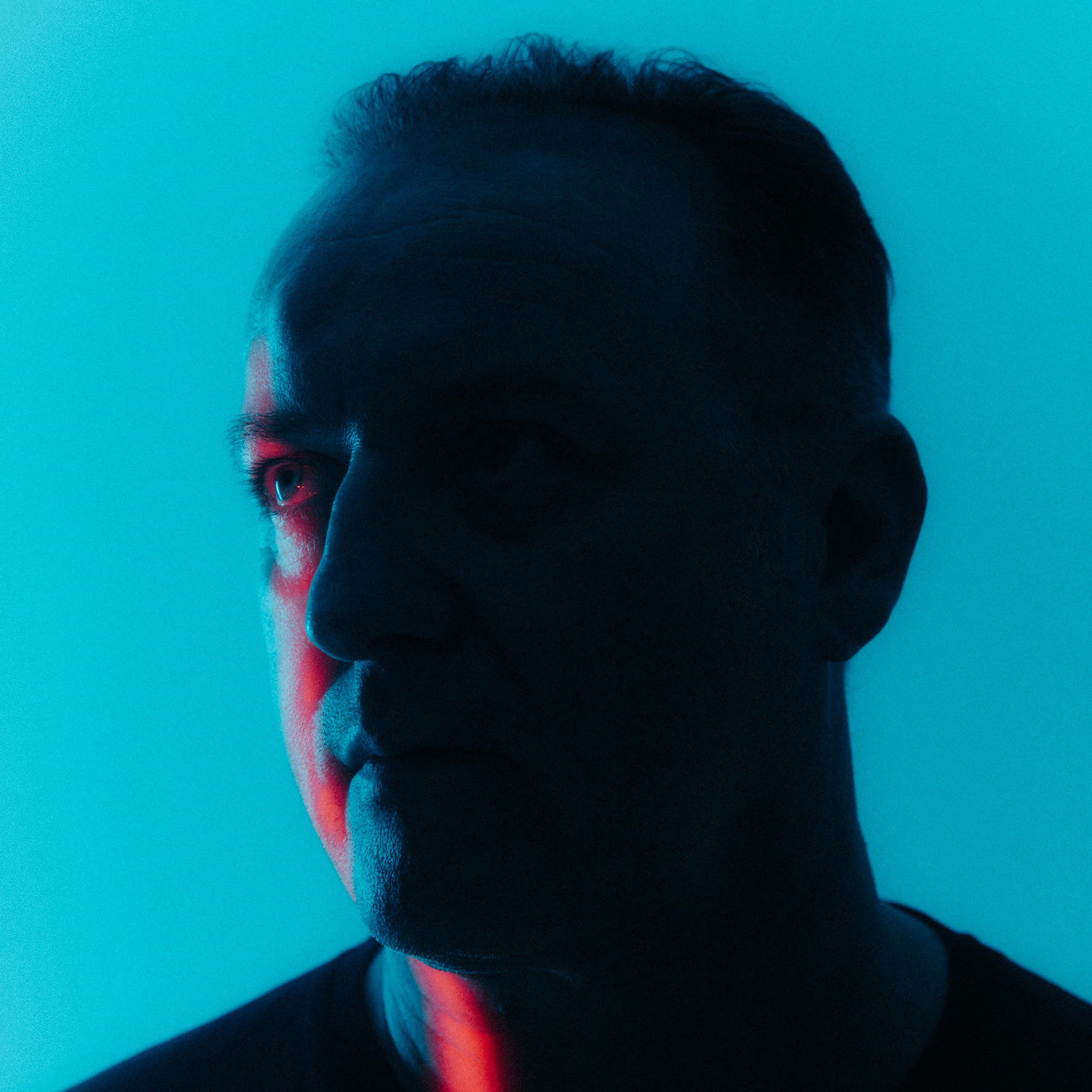
Another hurdle was the creation of the show in the spatial audio of Dolby Atmos. Rather than a standard film score, the music is a 360-degree soundscape that invites the audience into the mind of the great artist. Created in collaboration with immersive audio specialist Sonosphere, initially the music was mixed in London’s Metropolis Studios where the team mimicked the speaker configuration planned for the first event in Berlin.
“When we heard the score in the venue, the mixes were far too extreme,” says Sasha. “It was almost dizzying, so we had to mix it again in the room itself. With the next show in Amsterdam, we didn’t even bother with studio mixes.”
Get the MusicRadar Newsletter
Want all the hottest music and gear news, reviews, deals, features and more, direct to your inbox? Sign up here.
“There were so many variables in this mix from the show sound effects to the voiceover on top of the music,” continues Dave. “One of the biggest challenges was mixing the voiceover into the score as many of the frequencies were the same. Doing it in a studio didn’t make sense the second time around, we definitely learned that lesson.”
The pair collaborated closely with show designers Flora and Fauna Visions (FFV). on creating a suitable musical experience alongside the jaw-dropping visuals. For the first event at Berlin’s Wriezener Karree in Friedrichshain, specific timelines in the show were put in place for Sasha and his team to compose to.
“We were still writing music six or seven days before it opened”
“We were still writing music six or seven days before it opened,” says Sasha. “Thankfully most of it worked but we did need to give additional space to some of the more intense music pieces. It was too dense for the Dolby Atmos system so we had to strip it back to make it more minimal. But working with the different systems and rooms has been a really interesting learning curve.”
Sasha and Dave both have huge record collections, including plenty of soundtracks alongside their shared love of electronic and club music. Although they had dipped their toes into creating music for visual media before, this was the first opportunity they’d had to work on an entire score. Still, certain marriages of sound and vision came easily to Sasha.
“There were scenes where I immediately knew what music we should use,” he states. “There’s an incredible piece of music called the ‘Purple Electric Violin Concerto’ by Ed Alleyne-Johnson that I've loved for years. There’s this ‘Last Supper’ scene where the image is projected onto the wall and that piece of music just felt perfect for it.”
Elsewhere, their work nods to the greats like director Stanley Kubrick and his bold use of sound in his cinema. Many of his films see a juxtaposition of worlds, sonics and aesthetics, a technique Sasha was keen to use in their own approach.
“The show uses a lot of Leonardo’s original work but messes with it digitally to distort it”
“The show uses a lot of Leonardo’s original work but messes with it digitally to distort it,” he explains. “Like the first time you see the ‘Mona Lisa’ in the show, she gets pulled together out of a thousand pixels all spinning around the room. Leonardo’s work is often digitally dissected so we really felt the music should have this classical feel, then we allowed the synths and plug-ins to fuck with things.”
Although the show compresses Leonardo’s life into 45 minutes, there’s plenty of intrigue for viewers to enjoy. Sasha highlights certain surprising behaviours from the artist at the end of his life when he was questioning the value of his work.
“Towards the end, in his notebooks, he scrawled over and over; ‘Did I ever really achieve anything?’” says Sasha. “It’s extraordinary that someone of his stature spent this time wondering if he’d ever done anything worthwhile.”
“That’s why the music is quite sombre at the beginning of the score, because he’s wondering if he’d actually achieved anything. The intro to the show is that he’s waking up in the modern world and suddenly realises what an influence he’s been.”
With its album release, the score is designed to be enjoyed as a whole, independently of the show. However, when experienced together, both elements work in tandem, underlining the themes and elevating the whole.
“The Portraits piece is one of my highlights,” says Sasha. “It starts sounding intimate, then transforms into this glitchy piece of electronica and that’s what happens in the room too. At this point, you see all of Leonardo’s portraits, then they start to morph into these modern faces, glitching and distorting - that piece captures the feeling of the whole show.”
The creative process for this score started with Dave and Sasha working off laptops in Ibiza, then cherrypicking the best bits to develop in the studio. They cite Spitfire Audio as a fantastic resource for their music libraries, particularly as there was no time to record an actual orchestra.
“The Spitfire libraries turned our okay-sounding music into something else“
“The Spitfire libraries turned our okay-sounding music into something else,” says Sasha. “I don’t write a lot of that style of music, so for me, it sounds like a real orchestra - although I’m sure if you’re in the film music world, you might think differently.”
Dave continues: “We always spend a lot of time processing sounds no matter what we make. For this project, we took a lot of the techniques we’d use when making albums or club tracks, then applied them to orchestral sounds. We really wanted to push the sounds and the sonics.”
With Sasha constantly on tour as an international DJ, his team are used to working remotely. Although Dropbox and file-sharing methods allowed them to create while in different time zones and continents, finalising anything required them to be together.
“It’s very important that, towards the end, we were all in the room,” says Sasha. “It can be invaluable, particularly when you’re up against a tight deadline and you need to get that final mix right, whether it be agreeing on the right levels or EQs.”
The pair’s relationship with technology is driven by a love for the next thing. Neither Sasha or Dave are fans of repeating themselves, instead always looking for new ways of working or injecting fresh approaches into the musical processes powering their projects.
“Sometimes in the spaces and gaps between the music, that’s where the most interesting sounds are“
“Granular synthesis, this idea of taking samples, then stretching them to see what’s inside, is always of interest,” says Sasha. “Sometimes in the spaces and gaps between the music, that’s where the most interesting sounds are. I love stretching out vocals on dance remix requests to see what happens.”
Of course, AI has been a dominant topic of conversation for music producers in 2024. Again, both are looking at this innovation as an exciting development rather than something to be wary of.
“We’ve done a lot of extracting MIDI out of music, then manipulating it and putting that into our own sounds,” says Sasha. “A lot of new AI plug-ins allow you to do this in a really wonderful way, especially when you can separate clean instrument sound or vocals from older pieces of music, then play around with them.”
Dave likens these new developments to the ‘80s when samplers first turned up and rewrote the rules of music production and songwriting. Although, as is the case with AI today, there were plenty of critics of this new technology back then too.
“As some do now with AI, there was this talk of this technology as the end of music,” says Dave. “But there will be someone who uses it in such an exciting way, just like De La Soul made ‘3 Feet High and Rising’, where every track has 30 samples. It will change things completely.”
While they are always on the hunt for new kit they can add to their armoury, the duo also have studio staples. The Eventide H3000 helps to process the symphonic sounds Sasha loves alongside the Pioneer Toraiz Squid and SP-16 sampler. When he’s DJing, his setup consists of a Pioneer V-10 mixer, three CDJs and three RMX-1000s.
"The RMX lets you sculpt the sound - it has this three-band gate feature that I don’t think many people know about“
“The RMX really lets you sculpt the sound - it has this three-band gate feature that I don’t think many people know about,” says Sasha. “If you have a track with a really long kick drum in it and an open high hat, you can shorten the kick drum and the high hat - but you still have the meat of the track left in the middle, it’s a great feature.”
While Sasha’s DJing shows little sign of slowing, the club landscape he’s played such a pivotal role in creating has been radically reshaped by the digital ecosystem surrounding it. Much of the advice he would have previously given to those starting out now seems irrelevant.
“Getting a small residency in a club, start producing, releasing quality tracks consistently - that seems like a long and difficult way to achieve what you want if you’re trying to break into DJing,” Sasha says. “At the same time, chasing a viral moment is like hunting unicorns. If your career depends on that, it's a little bit scary.
“The flip side of that coin is that if you suddenly go from zero to a million followers, and you've got one smash hit, I don't think you're prepared for life on the road. It’s brutal. You see a lot of people just appear on the scene, smash it, and then 18 months later, it’s like where's that guy gone?
"You see a lot of people just appear on the scene, smash it, and then 18 months later, it’s like where's that guy gone?"
“Even at that stage of the game, there are still unscrupulous managers and agents out there that will take advantage of you, and try to get you to sign contracts that are not healthy in the long term. When it's all kicking off around you, it’s very hard for you to know what to do. I know I signed some contracts back in the ‘90s that I thought at the time were amazing. I celebrated with a bottle of champagne. I look back on that now, and I'm like, ‘how the fuck did I agree to sign this?’”
Whether it be in the studio or as a DJ, the hardest thing is getting noticed. Sasha acknowledges it was a chance encounter with the Hacienda DJ Jon Da Silva that opened doors for him. “I was lucky, when I moved into a block of flats where Hacienda’s Jon Da Silva was living, he came around the first day I was there, offered me a cup of sugar,” laughs Sasha. “He really helped me and I’m eternally grateful for that.”
With the album out, the future now holds more DJing, and more of Da Vinci Genius with bold plans for the experience to be taken to the US and around India too. It’s all part of a creative culture and electronic world that continues to unfurl and grow around Sasha and his music.
“It’s hard to be unique these days, but the wonderful thing about electronic music is how it eats itself and evolves,” he says. “It’s amazing like this - and finding your own sound is really key - always trust your instincts and trust your gut.”
Jim Ottewill is an author and freelance music journalist with more than a decade of experience writing for the likes of Mixmag, FACT, Resident Advisor, Hyponik, Music Tech and MusicRadar. Alongside journalism, Jim's dalliances in dance music include partying everywhere from cutlery factories in South Yorkshire to warehouses in Portland Oregon. As a distinctly small-time DJ, he's played records to people in a variety of places stretching from Sheffield to Berlin, broadcast on Soho Radio and promoted early gigs from the likes of the Arctic Monkeys and more.
“It’s radical. It’s like magic. I get chills”: How Rick Rubin’s philosophy of chance led System of a Down to the first metal masterpiece of the 21st century
“I just treated it like I treat my 4-track… It sounds exactly like what I was used to getting with tape”: How Yves Jarvis recorded his whole album in Audacity, the free and open-source audio editor
